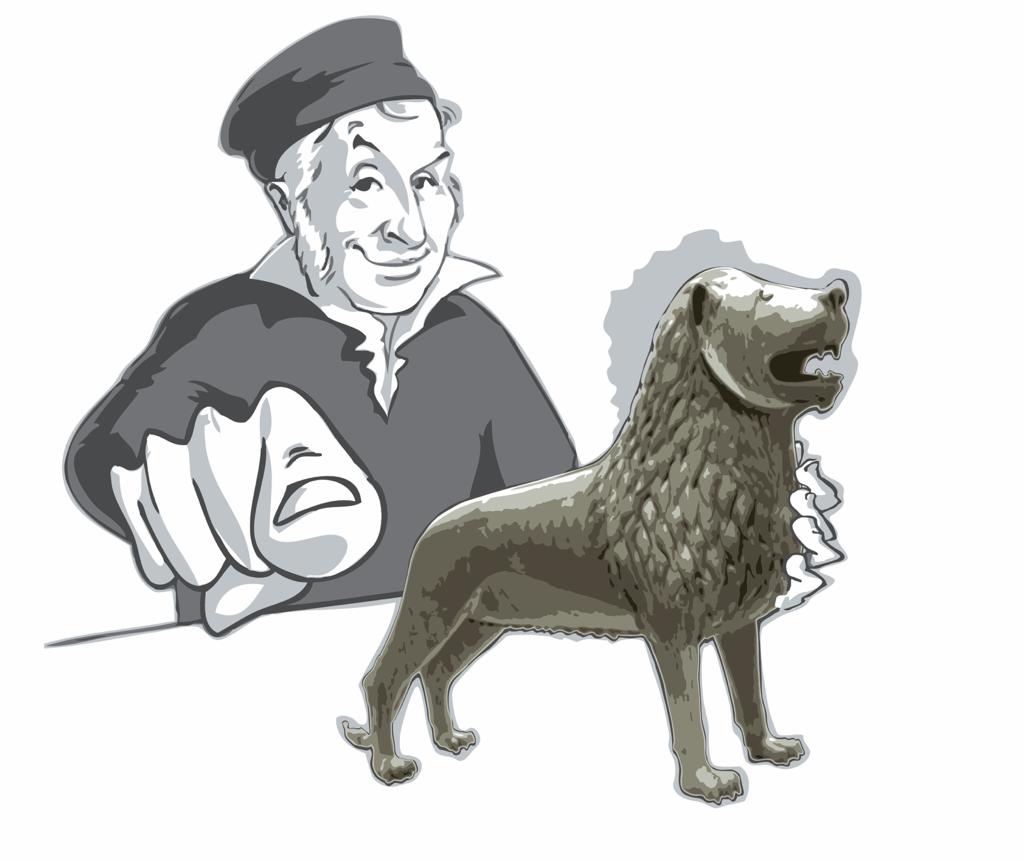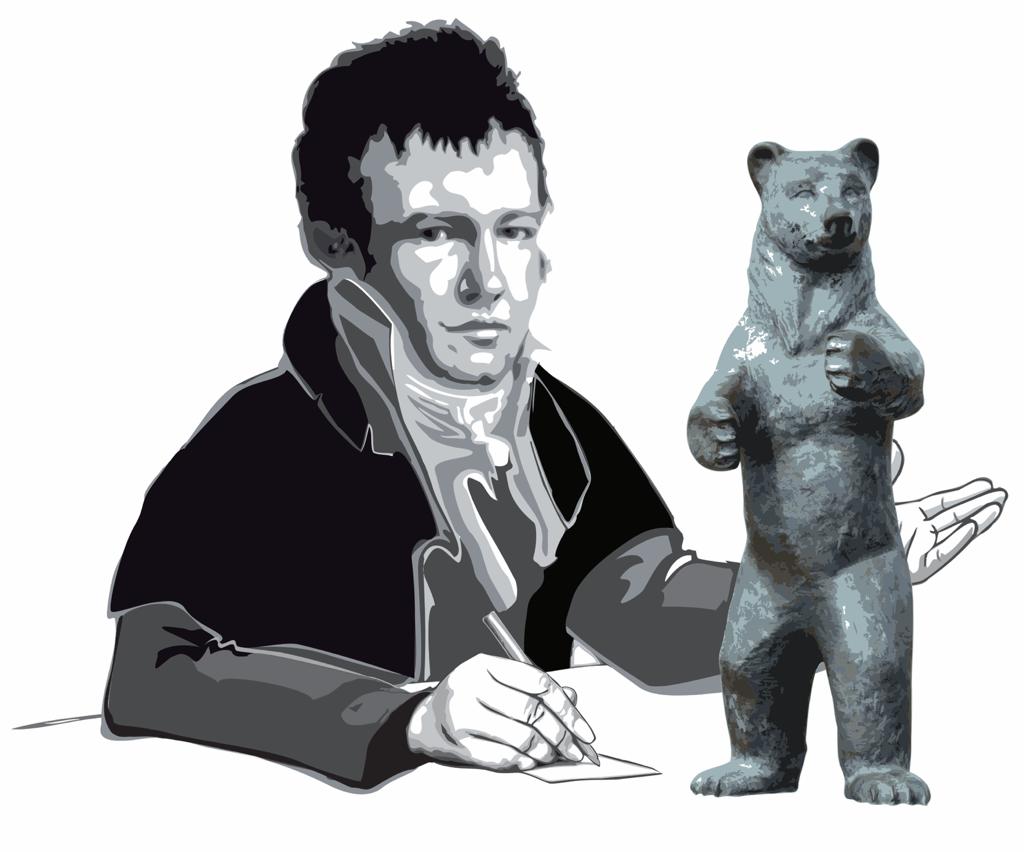Gauss-Advent Calendar: !يلدا مبارك – Yalda Night
by Yassi Kafshi
© Yassi Kafshi
Most Christians in Iran belong to the Armenian Apostolic Church. They celebrate Christmas Eve on January 6th. The number of Assyrian Christians in Iran is estimated to be about fifteen to thirty thousand. The Catholic, Anglican, and Protestant communities celebrate the birth of Christ on December 25th, just like in Europe.
Islam is the official religion of Iran and officially there is no Christmas celebration in Iran. However, there is a special celebration in December. It is called Shab-e-Yalda. Shab-e-Yalda (Yalda Night), also known as Shab-e Chelleh, is one of the oldest Persian festivals celebrated annually on December 21st by Iranians around the world.
Yalda is a celebration of the winter solstice. It is the last night of autumn and the longest night of the year. Yalda means birth and refers to the birth of Mitra, the mythological goddess of light. As the days get longer and the nights shorter in winter, Iranians celebrate the last night of autumn as the renewal of the sun and the victory of light over darkness.
On Shab-e-Yalda, people gather in groups of friends or relatives, usually home of grandparents or elders, to spend the longest night of the year merrily eating nuts and fruits, reading Hafiz poems, making good wishes, and talking and laughing to give a warm welcome to winter and a successful farewell to autumn.

© Oasis Iran
Food is a delicious part of Yalda night. Iranians eat nuts, watermelons and pomegranates on this special night. The fruits of Shab-e-Yalda also have a symbolic meaning. Some believe that watermelon symbolizes the sun due to its spherical shape, while others believe that eating watermelon protects one from winter illnesses. Pomegranate is also a symbol of birth and its bright red seeds symbolize the glow of life.
Reading poems from the Divan-e-Hafiz (Fal-e Hafiz) is an entertaining tradition of the Yalda night. Each member of a family or group of friends makes a wish – while keeping it secret – and randomly opens the book. Then the oldest member of the family or friends reads the randomly chosen poem out loud.
Believing that the poem is the interpretation of the wish and how it would come true, it is fun to interpret the poem and guess the wishes of others. In this way, the last and longest night of autumn ends happily, and the first great day of winter begins.
Traditionally, on the longest night of the year, all members of the family gather at the central warmth point, the Korsi. Friends are also welcomed to sit at the low, square table. Beneath it is a bowl of hot coals on which to warm the feet. For the rest of the body there are thick blankets and pillows. However, since many homes are now equipped with central heating systems, the Korsi is becoming less and less meaningful.
Shab-e-Yalda and the traditions are so interesting that in 2008 it was officially included in the list of Iranian national treasures.



You must be logged in to post a comment.